UKIYO-E—the mode of Edo beauty and culture
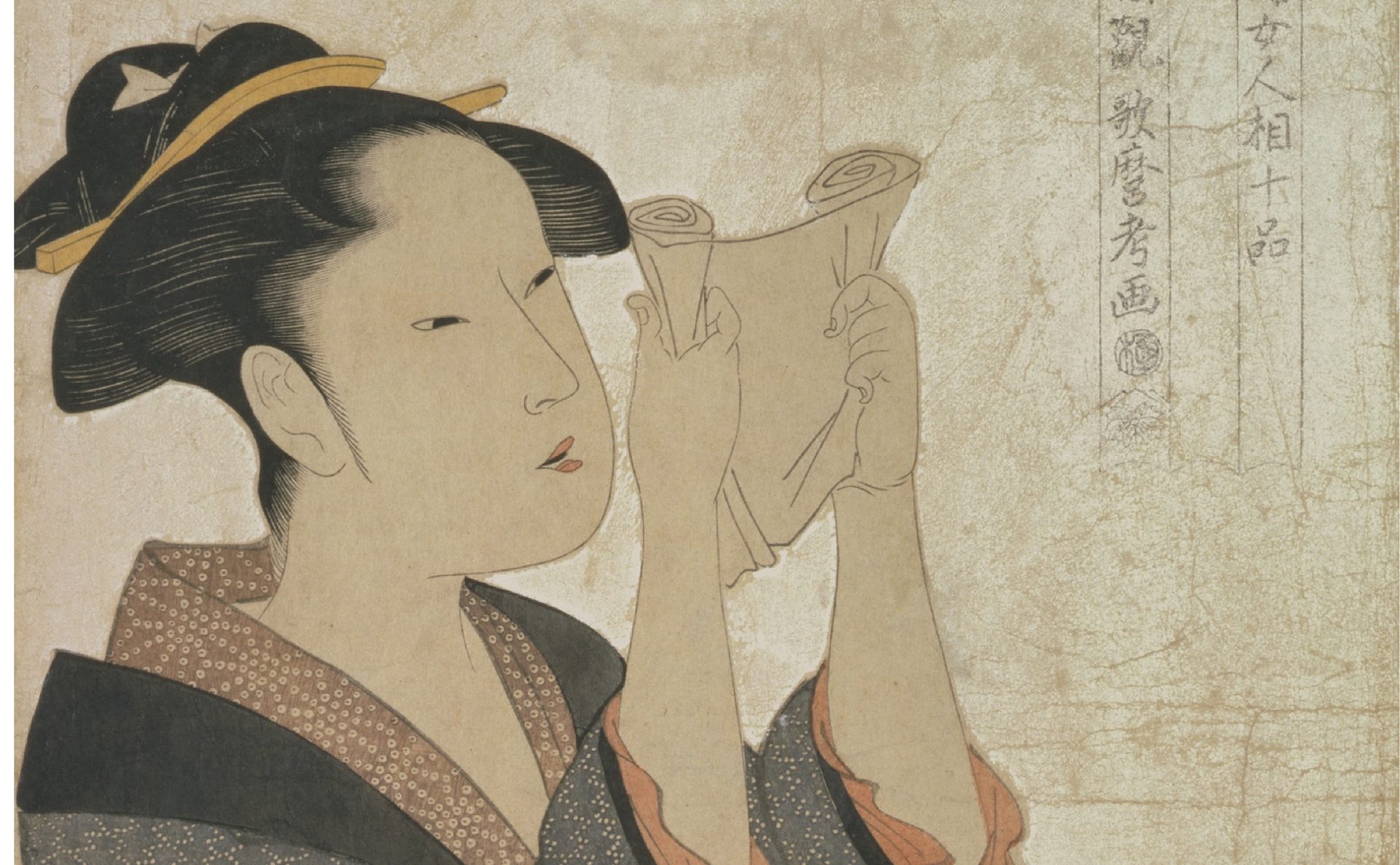
Ukiyo-e is a specific painting style that evolved during the Edo period (1603–1867), backed by the thriving economy and flourishing culture of the capital city Edo as the basis of the enriched lives of townspeople. One of the most popular subjects was women. People sported portraits of beauties, posing elegantly in their exquisite costumes. These included courtesans and young society ladies.
Celebrated painters such as Katsukawa Shunshō and Kitagawa Utamaro produced many works of this genre painting. The former was known for his intricate depiction of sophisticated female figures while the latter created a new style, accentuating the faces with emotional expressions.
This exhibition is curated from the Museum Collection, selecting the fine brush-painted ukiyo-es and woodblock prints that represent the bijinga genre painting. The original digitized images also enhance the viewing experience. Each piece reflects its artist’s aesthetics and the fashion trends of the time, presenting interesting reference points to explore the exuberant mode of the Edo period.
Highlights
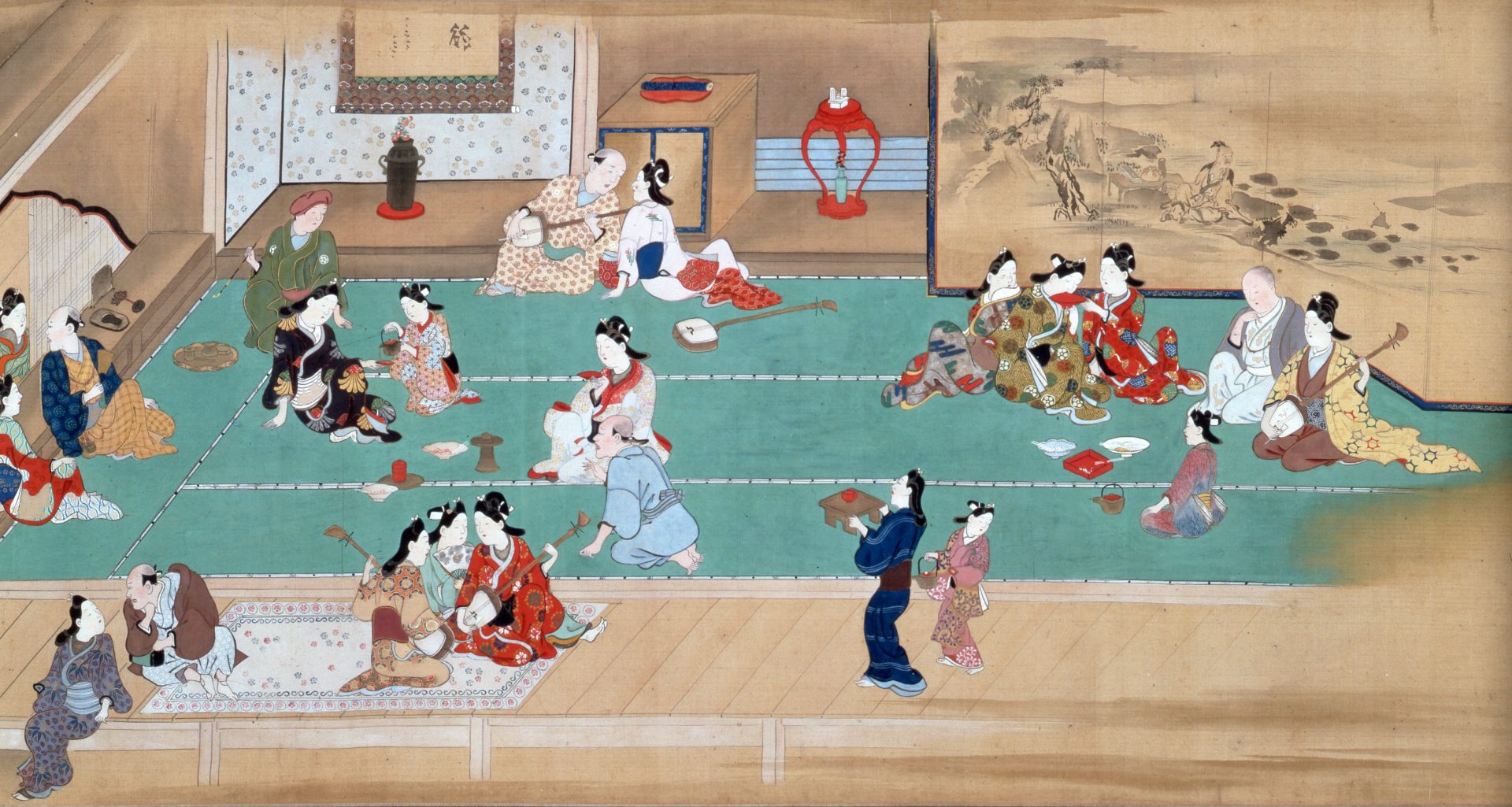 Scenes of Daily Life in Edo, Hishikawa Moronobu, 17th century (Edo period)
Scenes of Daily Life in Edo, Hishikawa Moronobu, 17th century (Edo period)
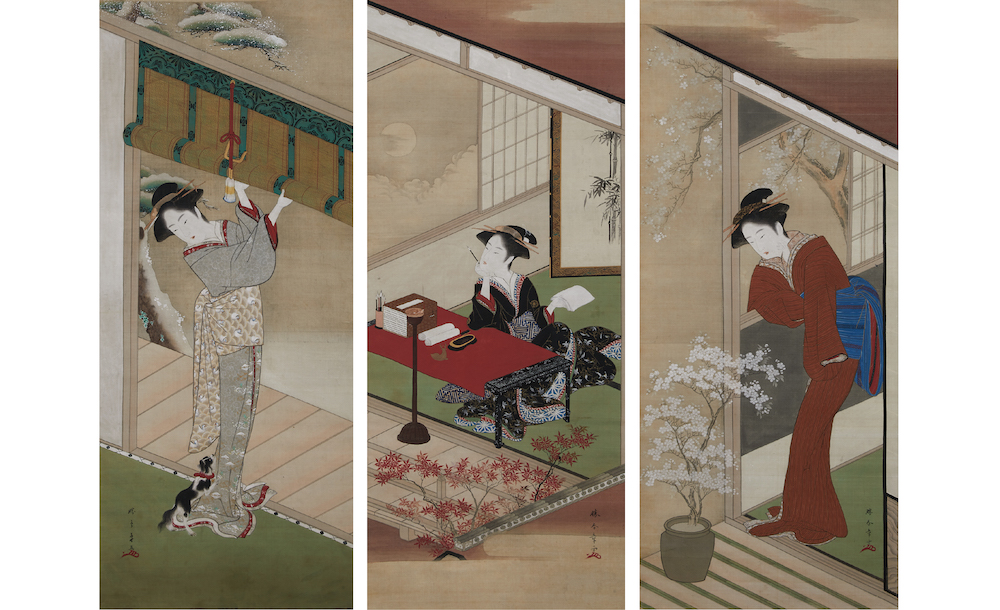 Three Beauties Representing Snow, the Moon and Cherry Blossoms (Important Cultural Property), Katsukawa Shunshō, 18th century (Edo period)
Three Beauties Representing Snow, the Moon and Cherry Blossoms (Important Cultural Property), Katsukawa Shunshō, 18th century (Edo period)
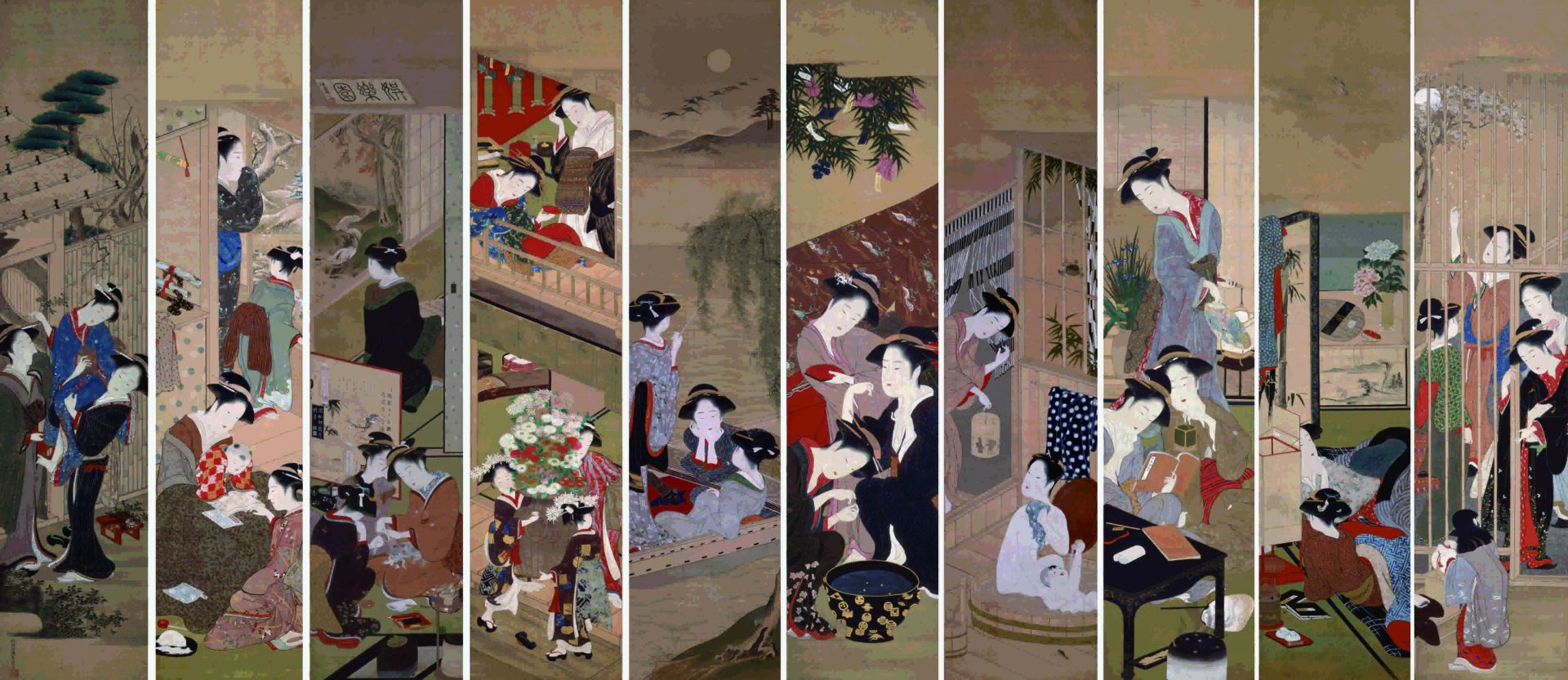
The Scenes of Women’s Lives in the Twelve Months (Important Cultural Property), Katsukawa Shunshō, 18th century (Edo period)
 Two Beauties (Important Cultural Property),
Two Beauties (Important Cultural Property),
Katsushika Hokusai, 19th century (Edo period)
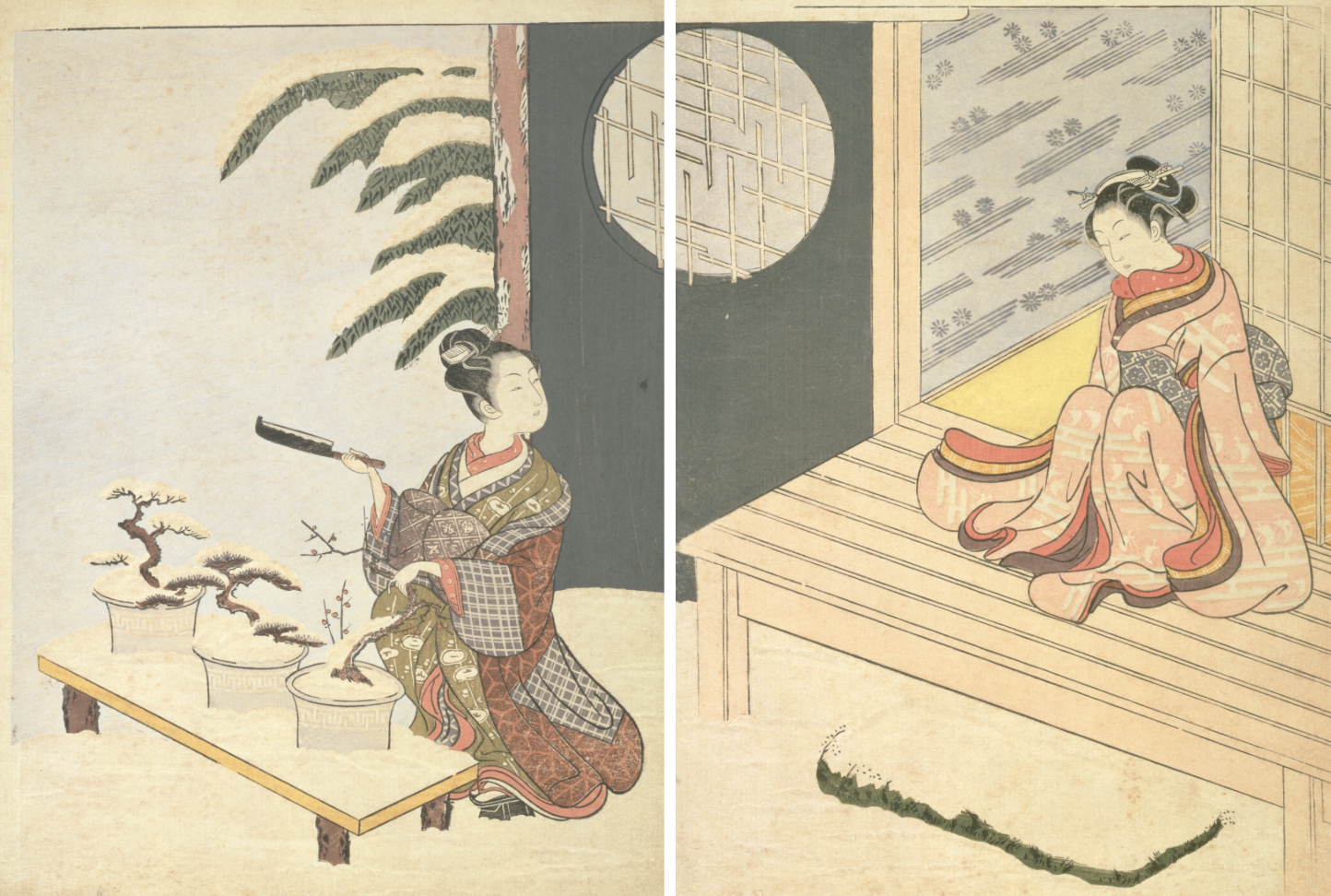 Allusion to the Noh play Hachinoki, Suzuki Harunobu, c. 1766 (Edo period)
Allusion to the Noh play Hachinoki, Suzuki Harunobu, c. 1766 (Edo period)
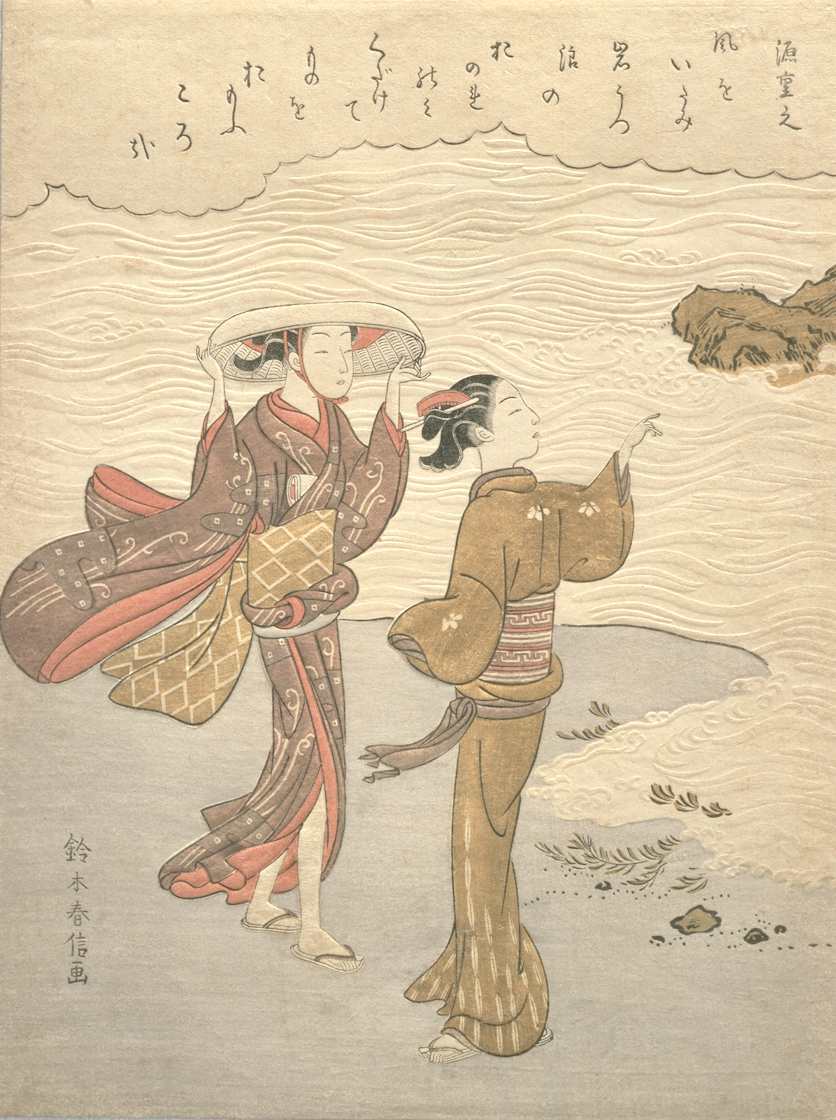 Portrait of Minamoto no Shigeyuki from The Thirty-six Master Poets collection, Suzuki Harunobu, c. 1767-68 (Edo period)
Portrait of Minamoto no Shigeyuki from The Thirty-six Master Poets collection, Suzuki Harunobu, c. 1767-68 (Edo period)
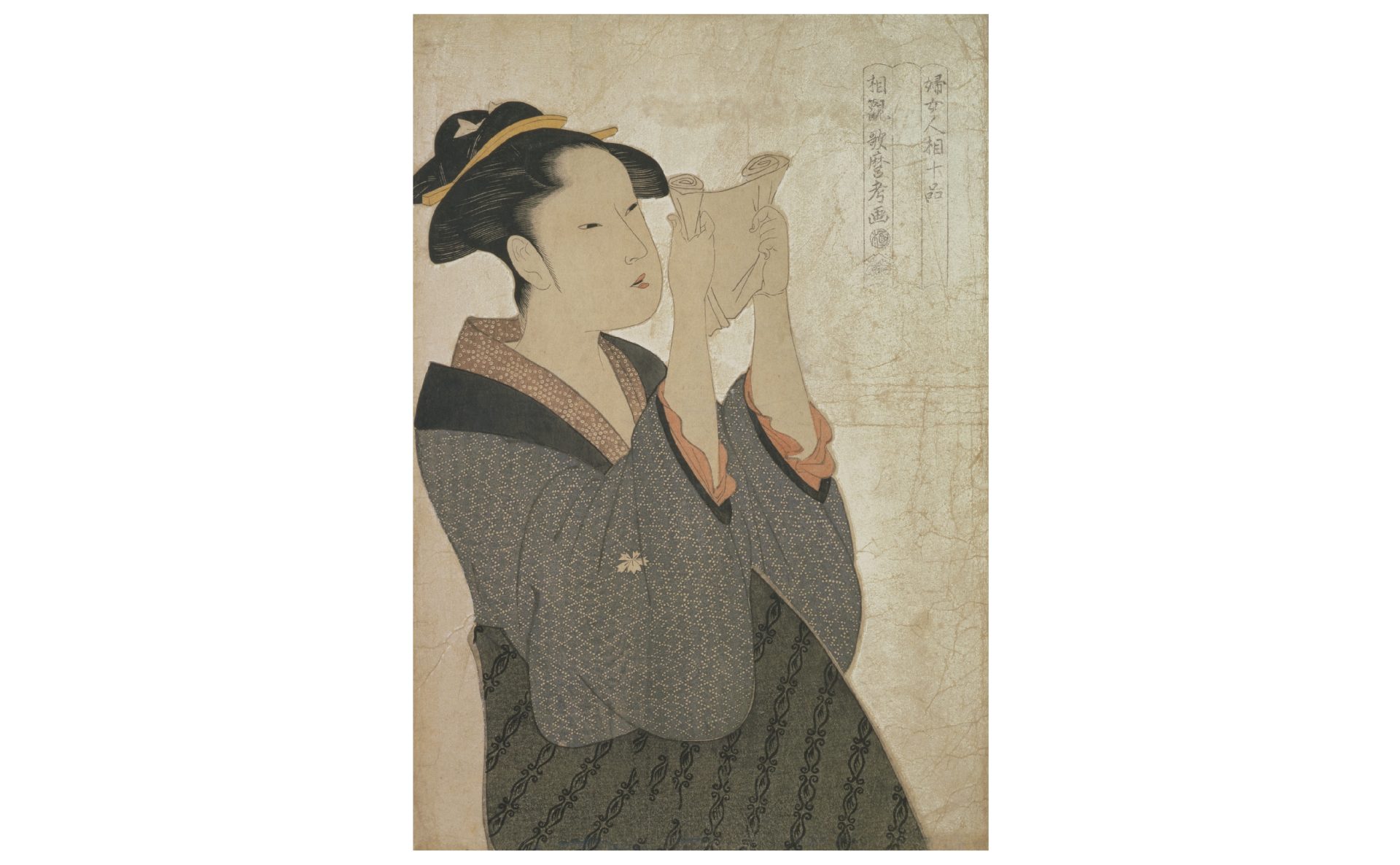 Beauty Reading a Letter from the Ten Types of Female Physiognomy,
Beauty Reading a Letter from the Ten Types of Female Physiognomy,
Kitagawa Utamaro, 18th century (Edo period)
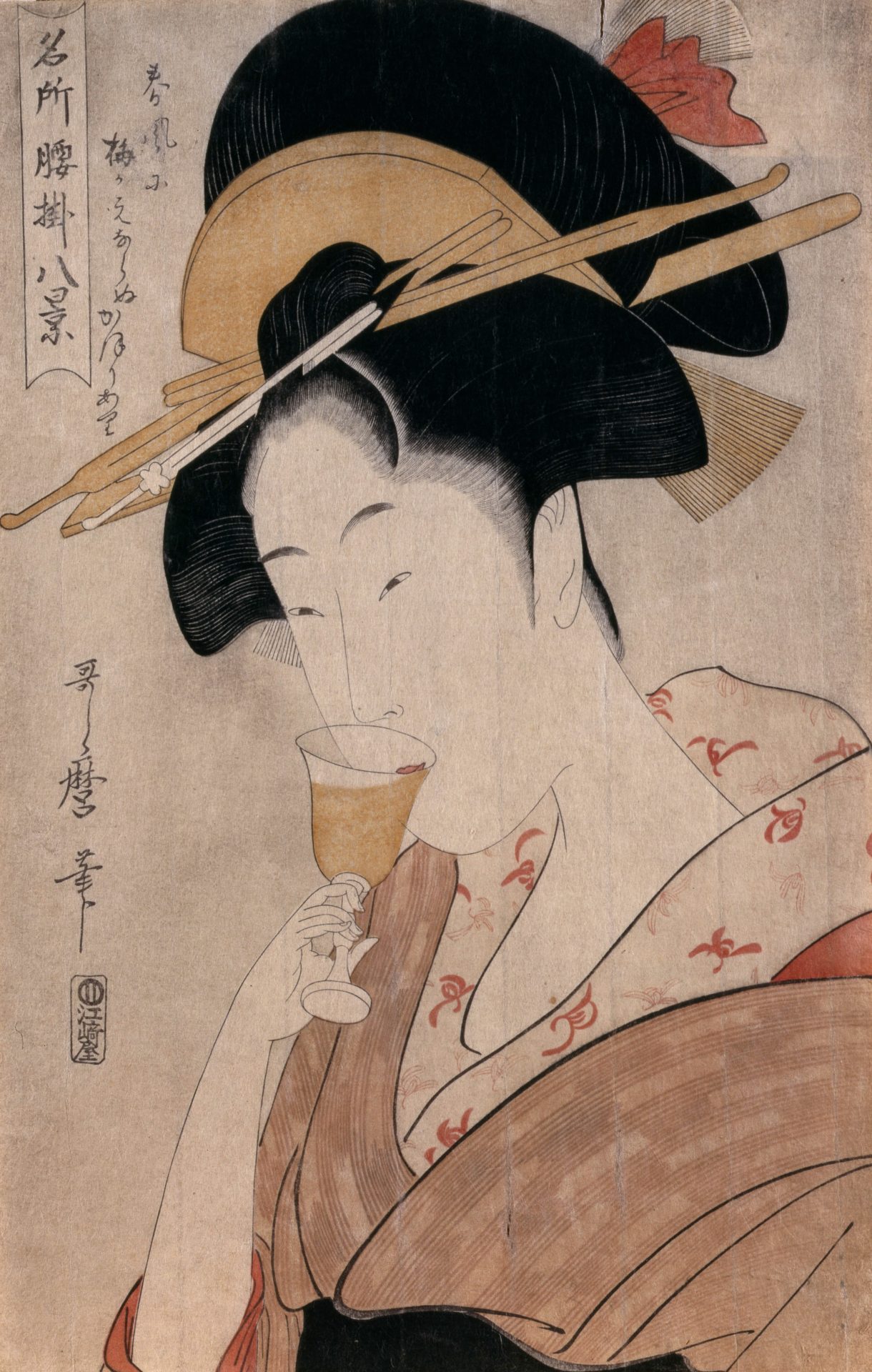 Scenes of Eight Famous Teahouses, Kitagawa Utamaro, 18th century (Edo period)
Scenes of Eight Famous Teahouses, Kitagawa Utamaro, 18th century (Edo period)